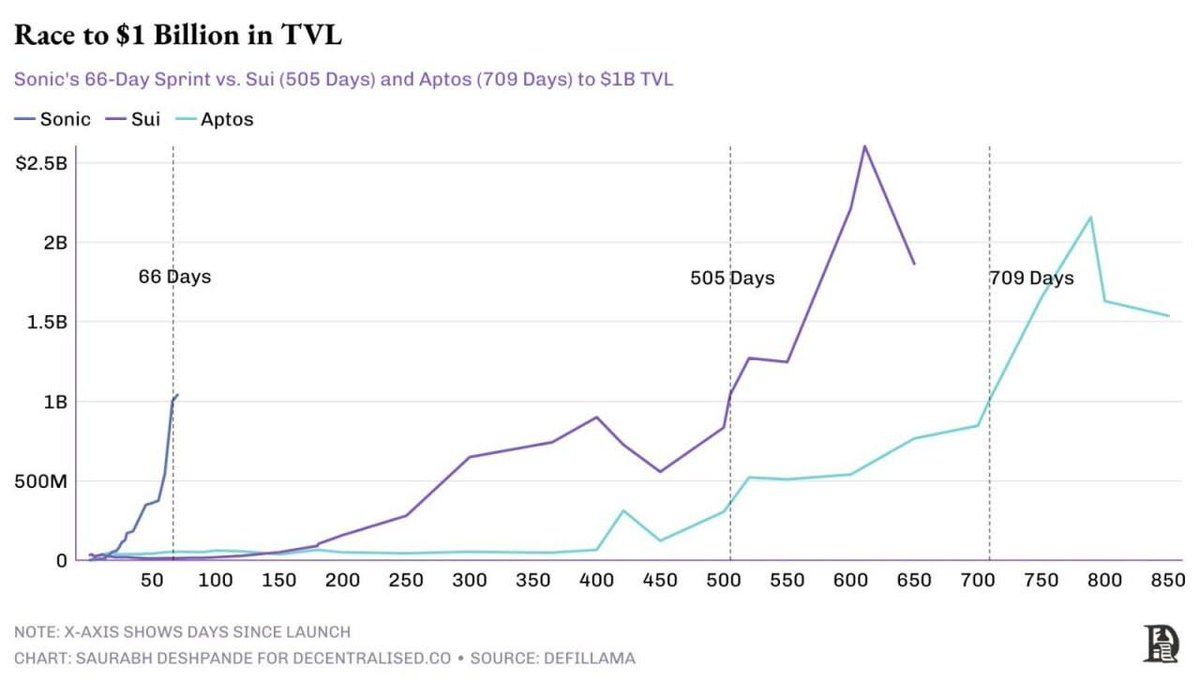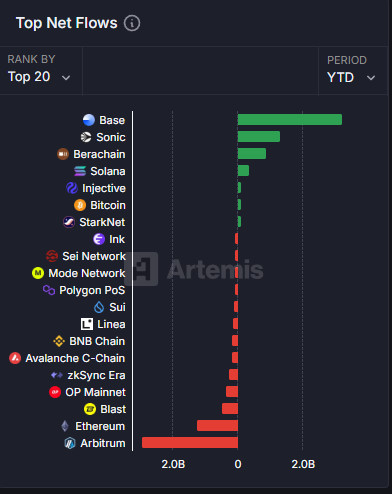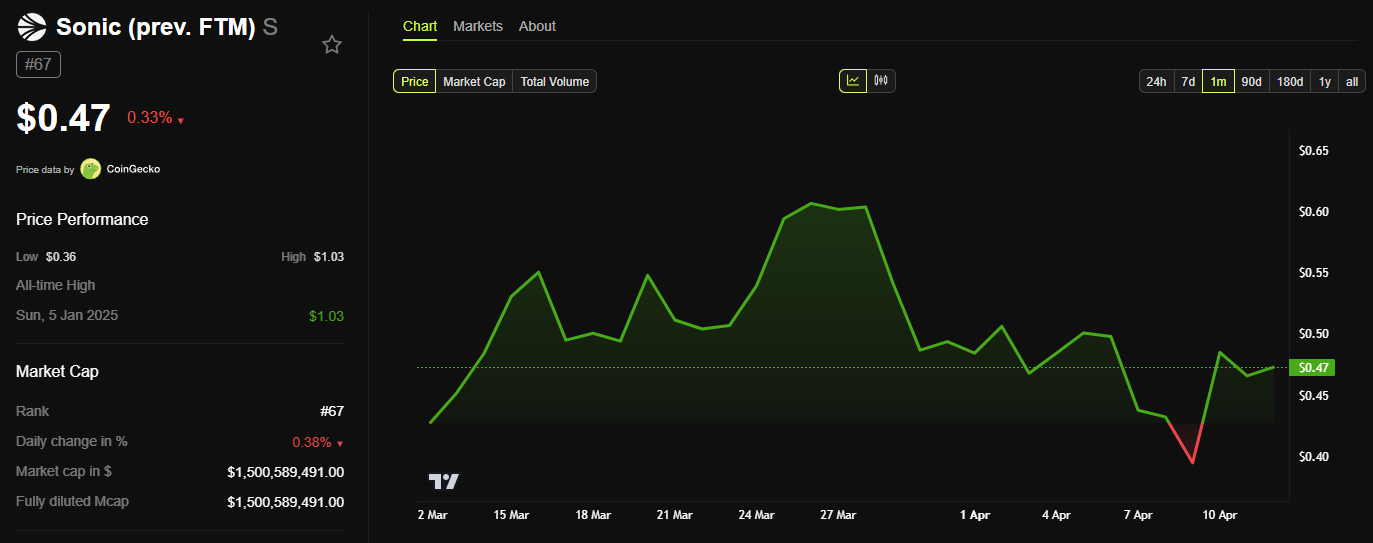-
Sonic’s meteoric rise in Total Value Locked (TVL) to $1 billion in just 66 days highlights its appeal amid a challenging DeFi landscape.
-
Despite a downturn across many decentralized platforms, Sonic’s rapid growth signals strong investor confidence and market interest.
-
“Sonic has sub-200 millisecond finality, faster than human responsiveness,” stated developer Andre Cronje, emphasizing its technological edge.
Discover how Sonic’s remarkable TVL growth defies the bearish DeFi trend, featuring insights from developer Andre Cronje and an analysis of potential risks.
Sonic’s TVL Growth: A Bright Spot in a Bearish Market
Sonic is making headlines with an exceptional total value locked (TVL) growth rate that stands in stark contrast to many other DeFi protocols. In a market where capital has significantly shifted away from decentralized finance, Sonic reached an impressive $1 billion in TVL within just 66 days, according to data from DefiLlama. This explosive growth rates significantly eclipses that of established blockchains, with Sui and Aptos taking 505 and 709 days, respectively, to reach similar milestones.

This achievement is indicative of a substantial capital inflow into the Sonic ecosystem, which has defied the broader trend of decreasing capital levels across DeFi platforms. Data from Artemis further supports this phenomenon, showcasing Sonic as the second-highest netflow protocol of the year, trailing only Base, which is backed by Coinbase.

Sonic’s early success is driven not just by TVL growth, but by the ongoing development of its ecosystem, which has attracted a variety of projects such as Aark Digital, Shadow Exchange, Snake Finance, and Equalizer0x. While these projects have small TVLs currently, their launch is expected to generate increased user engagement and capital influx, thereby sustaining Sonic’s recent momentum.
Yet, as exciting as this growth is, the sustainability of these capital inflows remains a crucial concern amidst the volatile market conditions.
Andre Cronje’s Vision for Sonic’s Future
In a recent interview, Sonic’s developer Andre Cronje outlined his vision to elevate the blockchain beyond its competitors. He underscored Sonic’s rapid transaction confirmation times, stating, “Sonic has sub-200 millisecond finality, faster than human responsiveness,” setting a new benchmark for blockchain speed.
Beyond just speed, Cronje emphasized the importance of enhancing both user and developer experiences. He noted that Sonic’s fee structure allows for 90% of transaction fees to be directed to decentralized applications (dApps), which empowers developers rather than relying primarily on validators for revenue.
Unlike traditional blockchains like Ethereum, hampered by longer block intervals, Sonic utilizes an advanced virtual machine, purportedly capable of processing up to 400,000 transactions per second. While current usage has not yet tested these limits, this technological capability positions Sonic as an attractive blockchain for developers looking to create scalable, user-friendly applications.
Furthermore, Cronje discussed upcoming features designed to simplify user onboarding. “If your first touchpoint with a user is to download this wallet and then buy this token on an exchange, you’ve lost 99.9% of your users,” he argued, emphasizing the importance of a seamless interface that users can access using various authentication methods without extensive knowledge about the underlying blockchain.
Challenges and Market Risks Ahead
Despite Sonic’s remarkable successes, it faces ongoing challenges that could impact its future. The price of its native token, S, has recently seen a downturn, plummeting roughly 20% from its peak of $0.60 to about $0.47, reflecting the broader volatility present within the cryptocurrency market.

Additionally, recent developments concerning Grayscale have raised eyebrows within the community, as the firm has removed Sonic from its asset consideration list. This exclusion may indicate shifting perspectives on Sonic’s potential and could undermine investor confidence at a time when maintaining TVL is vital for attracting capital.
Sonic is also navigating competitive pressures from other high-performance blockchains such as Solana and Base. Although Sonic enjoys a distinct speed advantage, the challenge ahead lies in demonstrating significant, long-term value to users and investors alike, rather than relying solely on the impressive TVL numbers.
Conclusion
To summarize, Sonic’s rapid ascent in the DeFi ecosystem showcases both its potential and the inherent risks involved in the crypto market. While its foundational technology and unique features provide a strong competitive edge, maintaining investor confidence and capital inflows will be pivotal as the market continues to evolve. For now, Sonic remains a beacon of growth amid the chaos of a bearish crypto environment.
